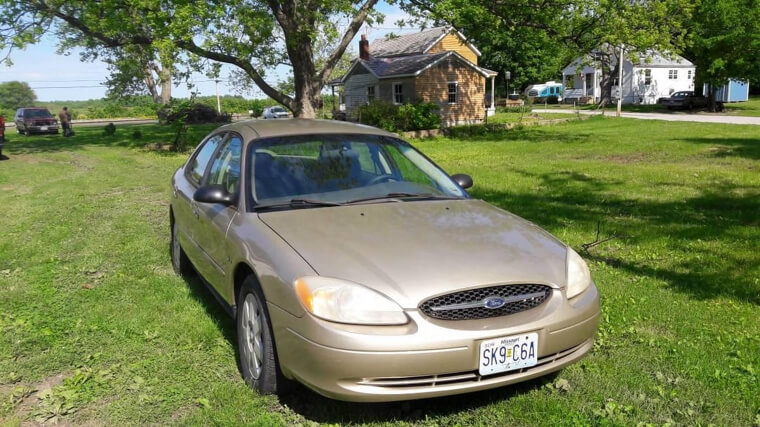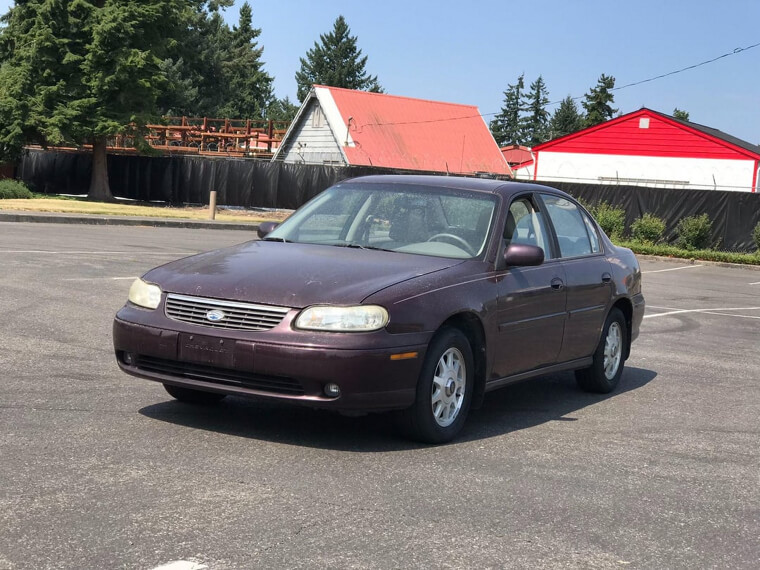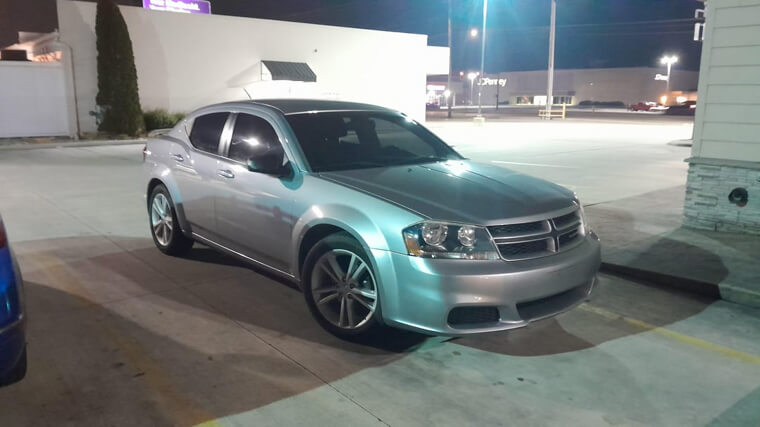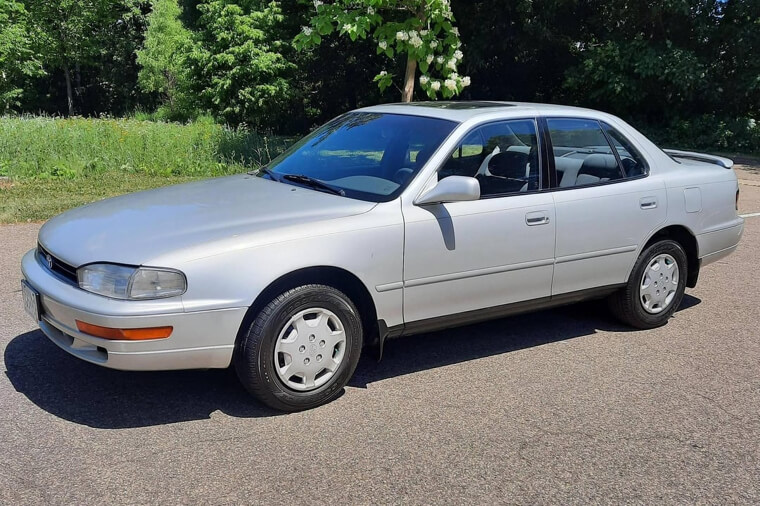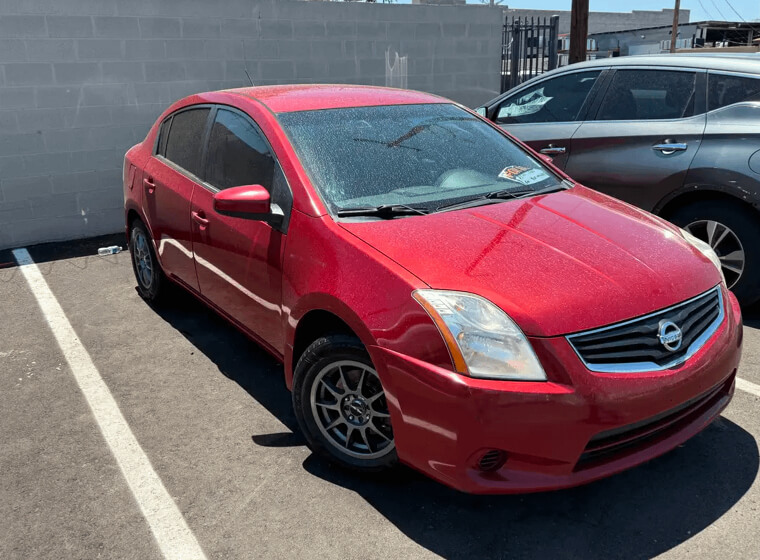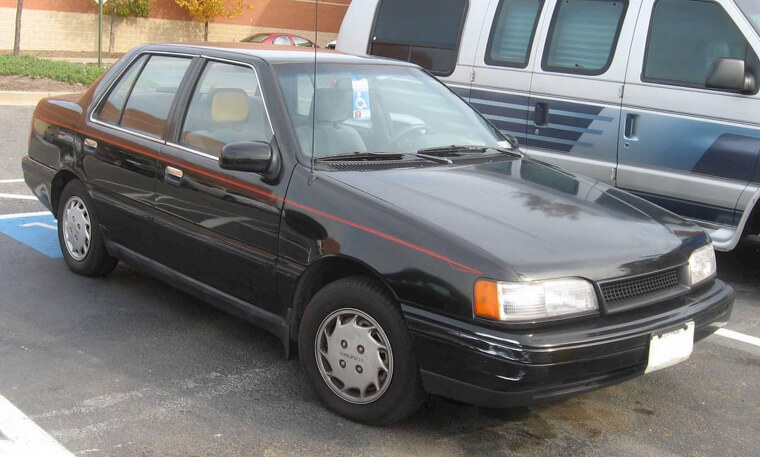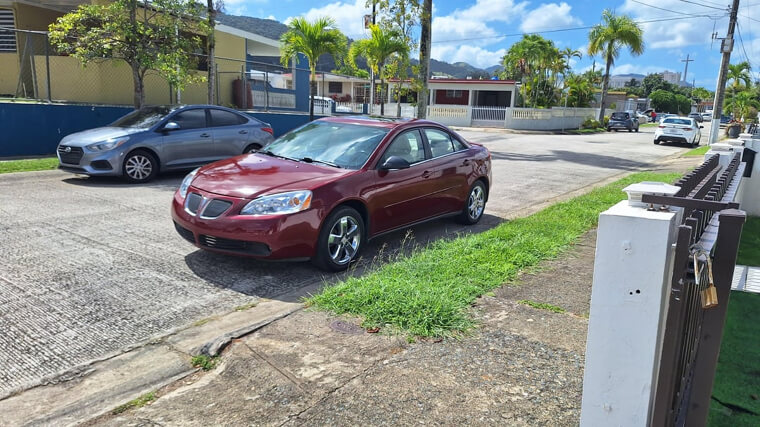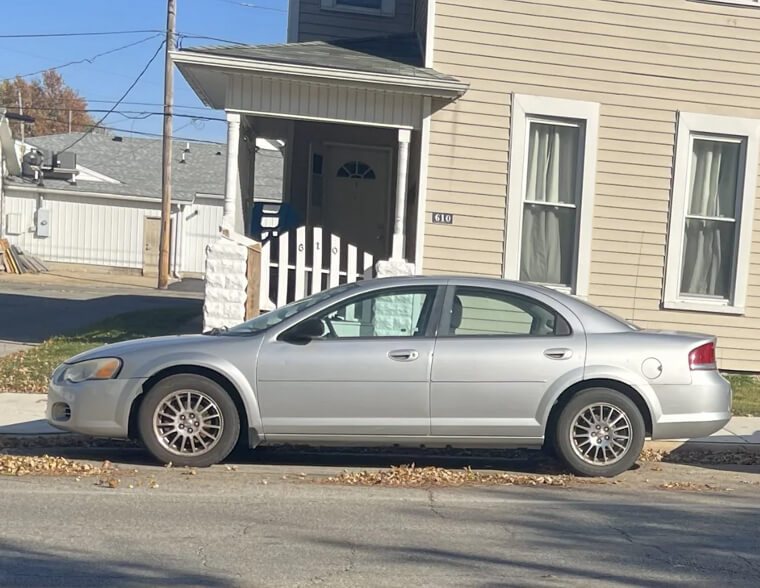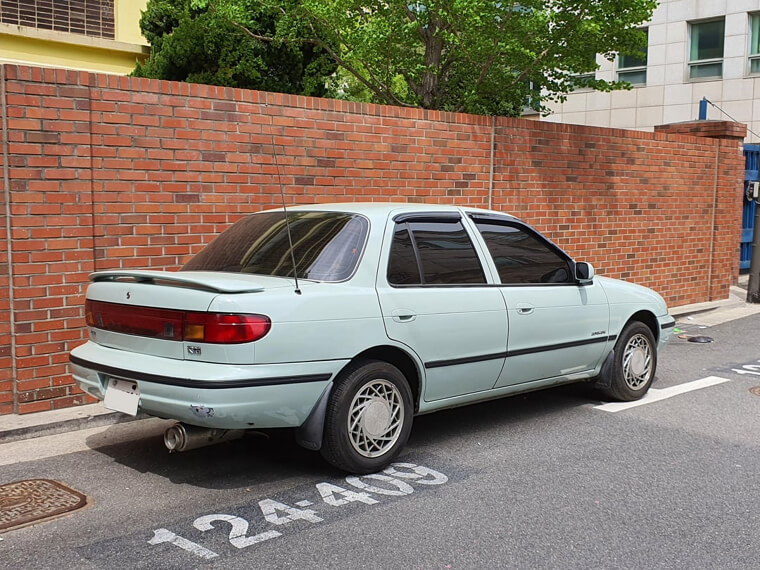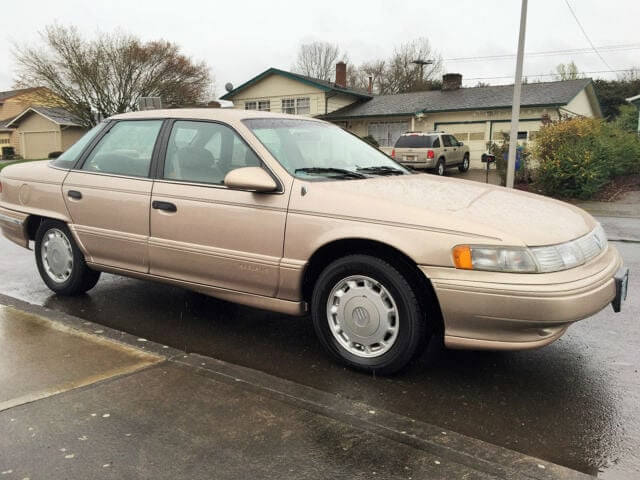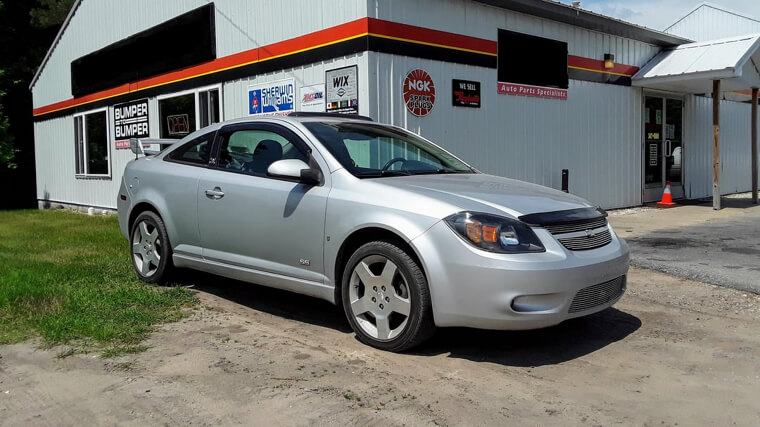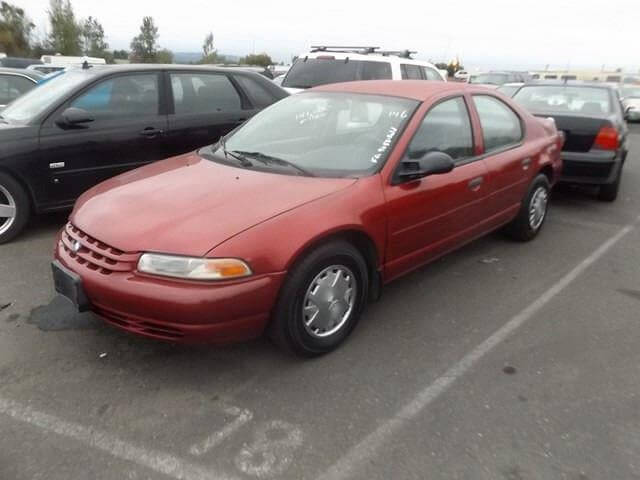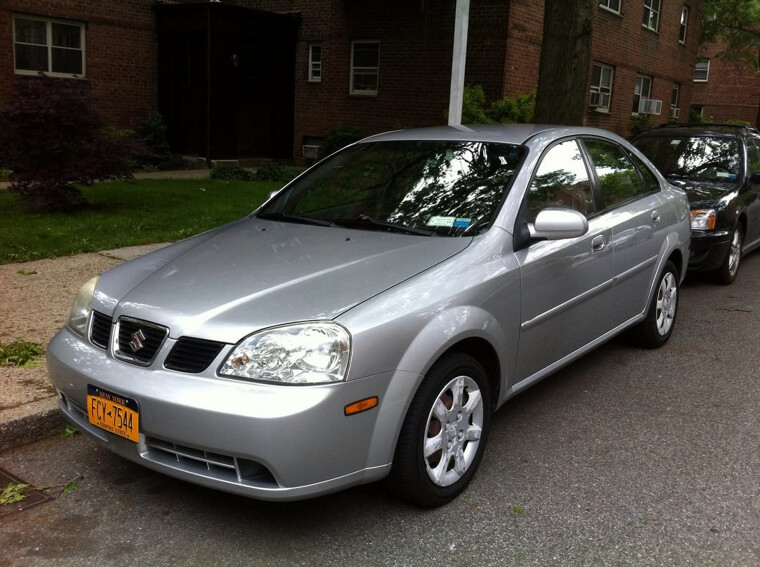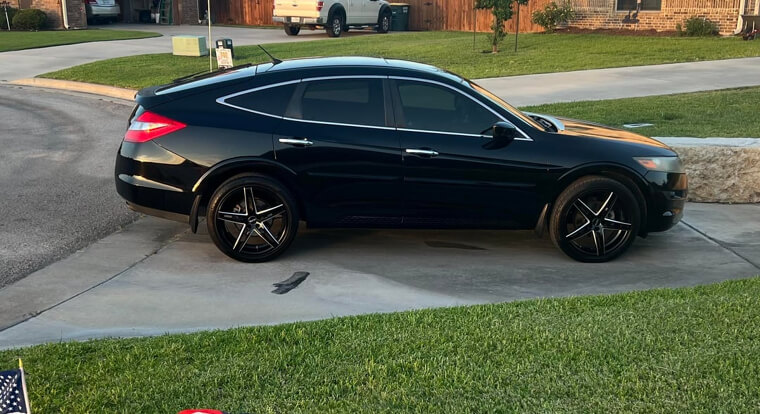Don't Expect Any Thrills Here
Not every car was built to thrill. Some were designed to be practical, affordable, or efficient, but the results ended up being dull and uninspiring. From bland styling to underwhelming performance, these cars failed to excite drivers and are remembered today more for boredom than brilliance.
Ford Taurus (2000s)
After an innovative start in the 1980s, the Taurus lost its spark by the early 2000s. Once bold, it turned into a bland fleet car with uninspired looks and weak performance. For many, it symbolized how an exciting design can fade into the background.
Chevrolet Malibu (2000s)
The Malibu aimed to compete with imports but often fell short on style and personality. Its modest performance and predictable styling left little for drivers to get excited about. It was dependable, but rarely memorable.
Dodge Avenger (2008–2014)
The Avenger had a name that suggested action, but the reality was far less exciting. With underpowered engines, cheap interiors, and uninspired handling, it never lived up to its bold badge. It quickly faded into rental fleet obscurity.
Toyota Camry (1990s)
Reliable, comfortable, and fuel efficient, the Camry became one of the best selling sedans in America. But excitement was never part of the package. Its safe, conservative design and modest performance made it the poster child for practicality over passion.
Nissan Sentra (2010s)
The Sentra has long been known for efficiency and affordability, but during the 2010s it became one of the least inspiring cars in its class. With bland styling and sluggish performance, it was a car chosen out of necessity, not desire.
Hyundai Sonata (1990s)
Before Hyundai became known for stylish, reliable cars, the 1990s Sonata was a plain sedan with little personality. It lacked refinement, power, and flair, making it one of the least exciting family cars of its decade.
Pontiac G6 (2005–2010)
Pontiac marketed the G6 as sporty and youthful, even giving one away on Oprah. But its lackluster engines, average handling, and uninspired design left buyers underwhelmed. Instead of reviving the brand, it became another forgettable sedan.
Chrysler Sebring (2000s)
The Sebring was marketed as stylish and affordable, but drivers found it underpowered and poorly built. Convertible models had some appeal, yet most versions were criticized for dull design and a lack of excitement behind the wheel.
Kia Sephia (1990s)
Kia’s early attempt at a compact sedan in America was cheap and forgettable. The Sephia was underpowered, uninspired, and far from stylish. It served its purpose as basic transportation, but did little to spark excitement.
Mercury Sable (1990s–2000s)
The Mercury Sable was nearly identical to the Ford Taurus but lacked any standout features. It was positioned as a slightly more upscale option, but with bland styling and average performance, it became one of the dullest cars on the road.
Chevrolet Cobalt (2005–2010)
Replacing the Cavalier, the Cobalt promised improvement but delivered mediocrity. It had uninspired styling, uninspiring performance, and a reputation for recalls. It lacked the personality of rivals and quickly earned a place among the least exciting cars.
Plymouth Breeze (1996–2000)
As part of Chrysler’s “cloud cars,” the Breeze was intended to be sleek and modern. Instead, it blended into the background with weak engines and forgettable styling. Few people remember it today, which says a lot about its impact.
Suzuki Verona (2004–2006)
The Verona was Suzuki’s mid-size sedan entry in America, but it failed to impress. With bland design, sluggish performance, and no clear advantage over competitors, it lasted only a few short years before being discontinued.
Honda Crosstour (2010–2015)
The Crosstour was Honda’s attempt at mixing an Accord with a crossover. Instead, it became an awkwardly styled hatchback that few people found appealing. It was practical but lacked the excitement and clarity of purpose buyers wanted.
Saturn Ion (2003–2007)
The Ion was supposed to bring fresh energy to Saturn’s lineup, but instead it delivered cheap interiors, odd styling, and dull performance. It left little impression on drivers and is remembered today as one of Saturn’s weakest efforts.


